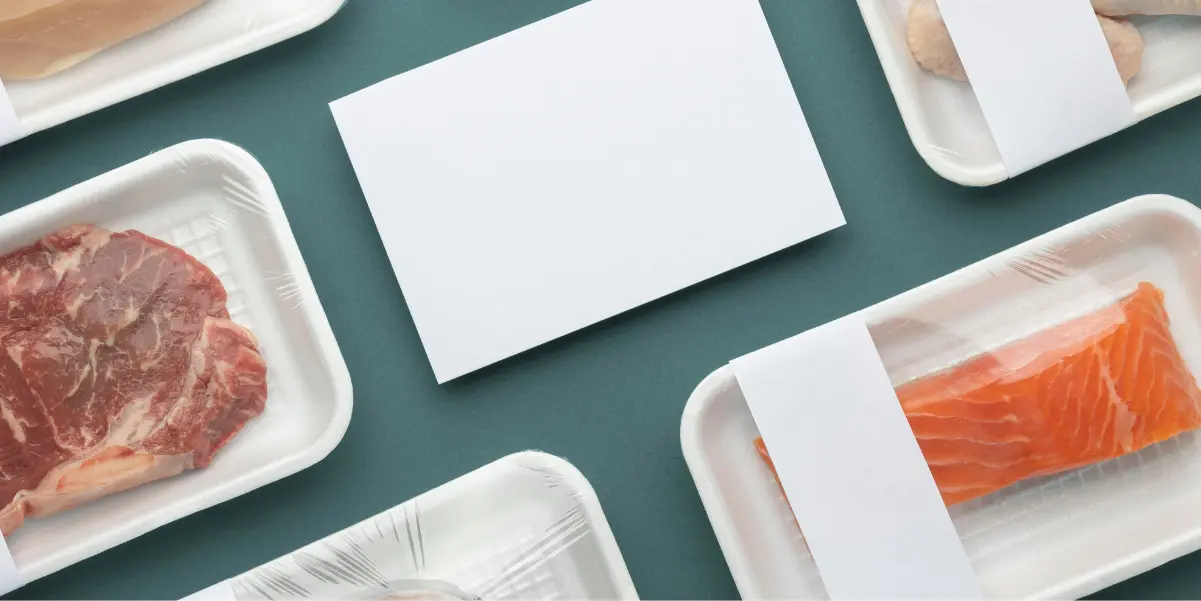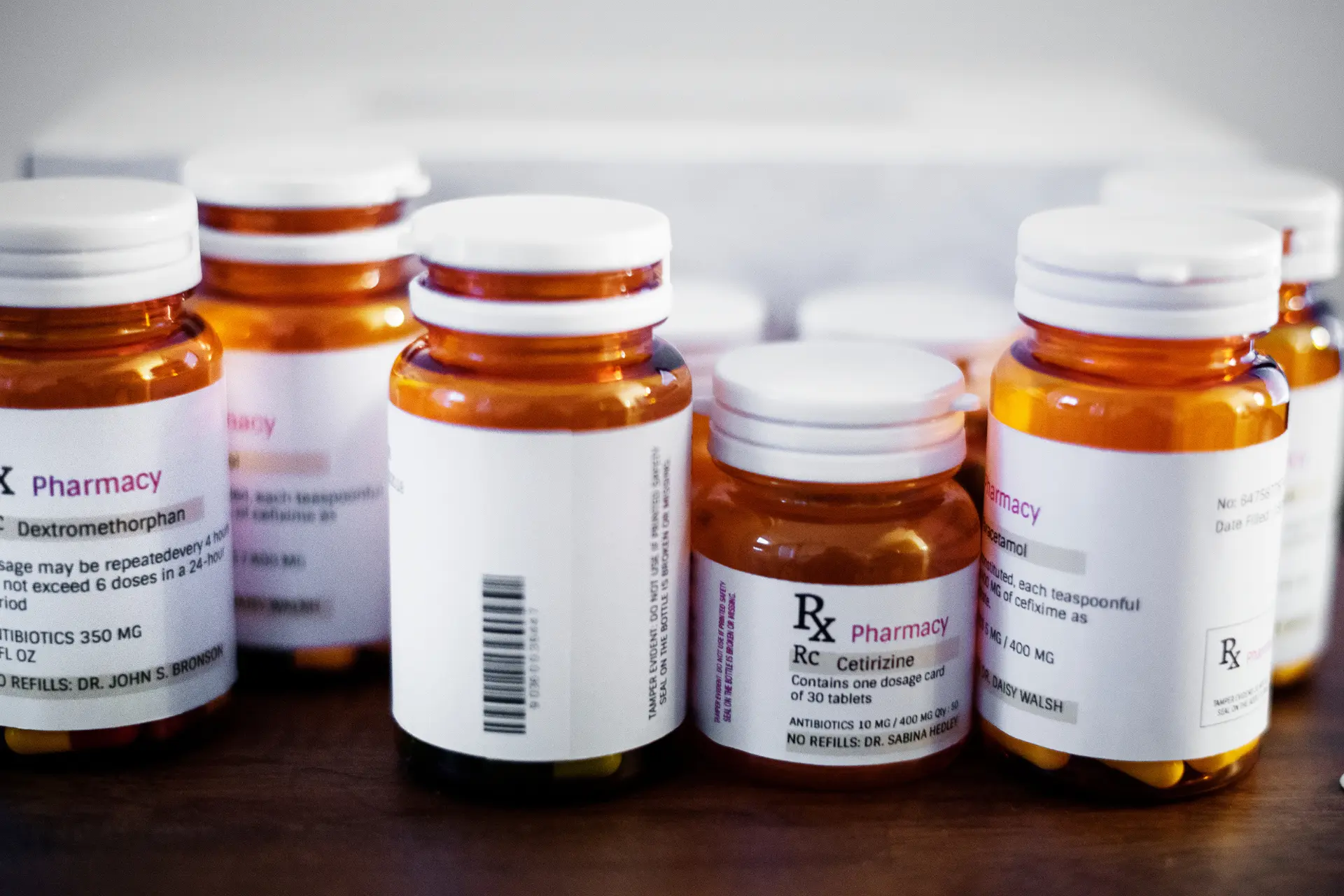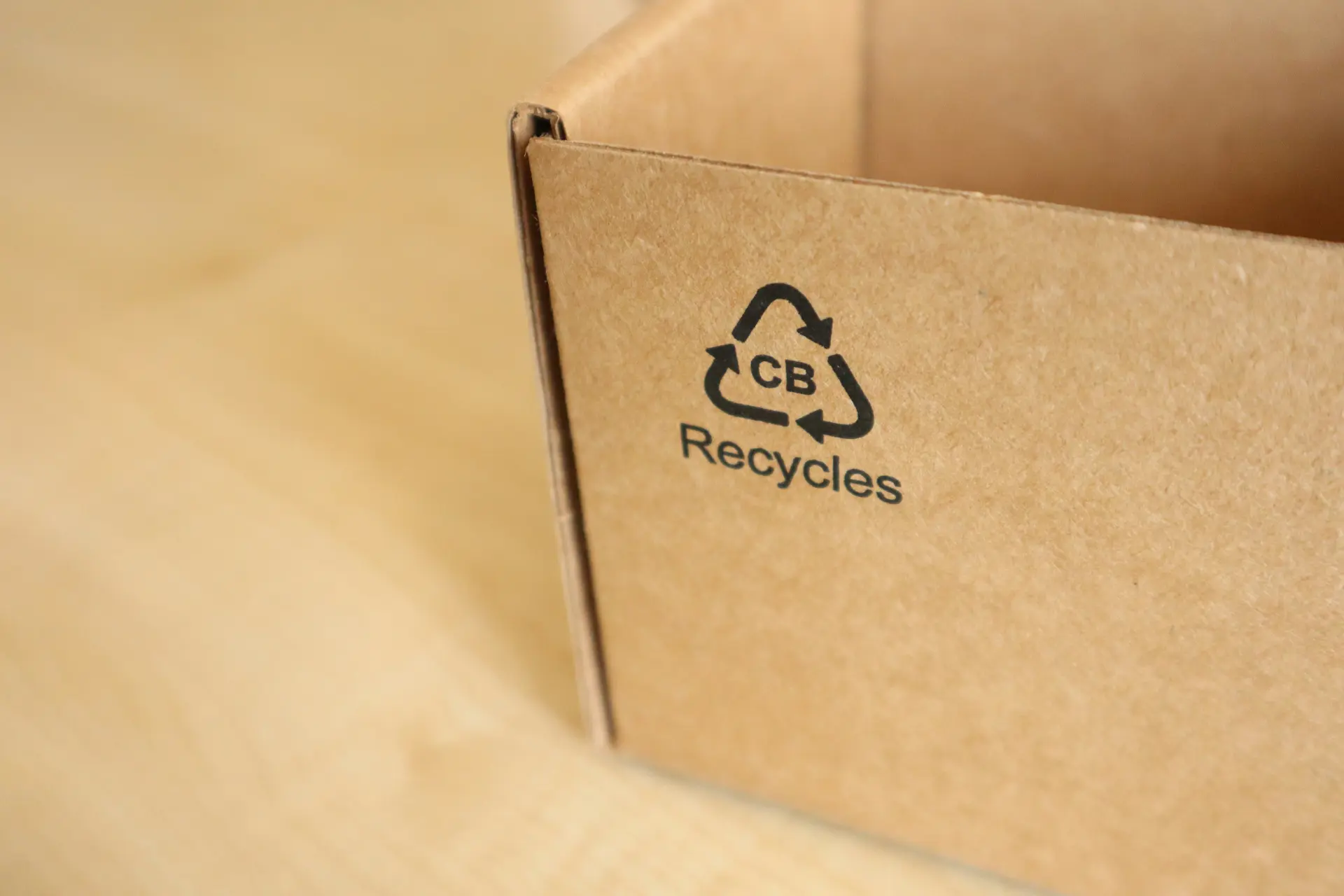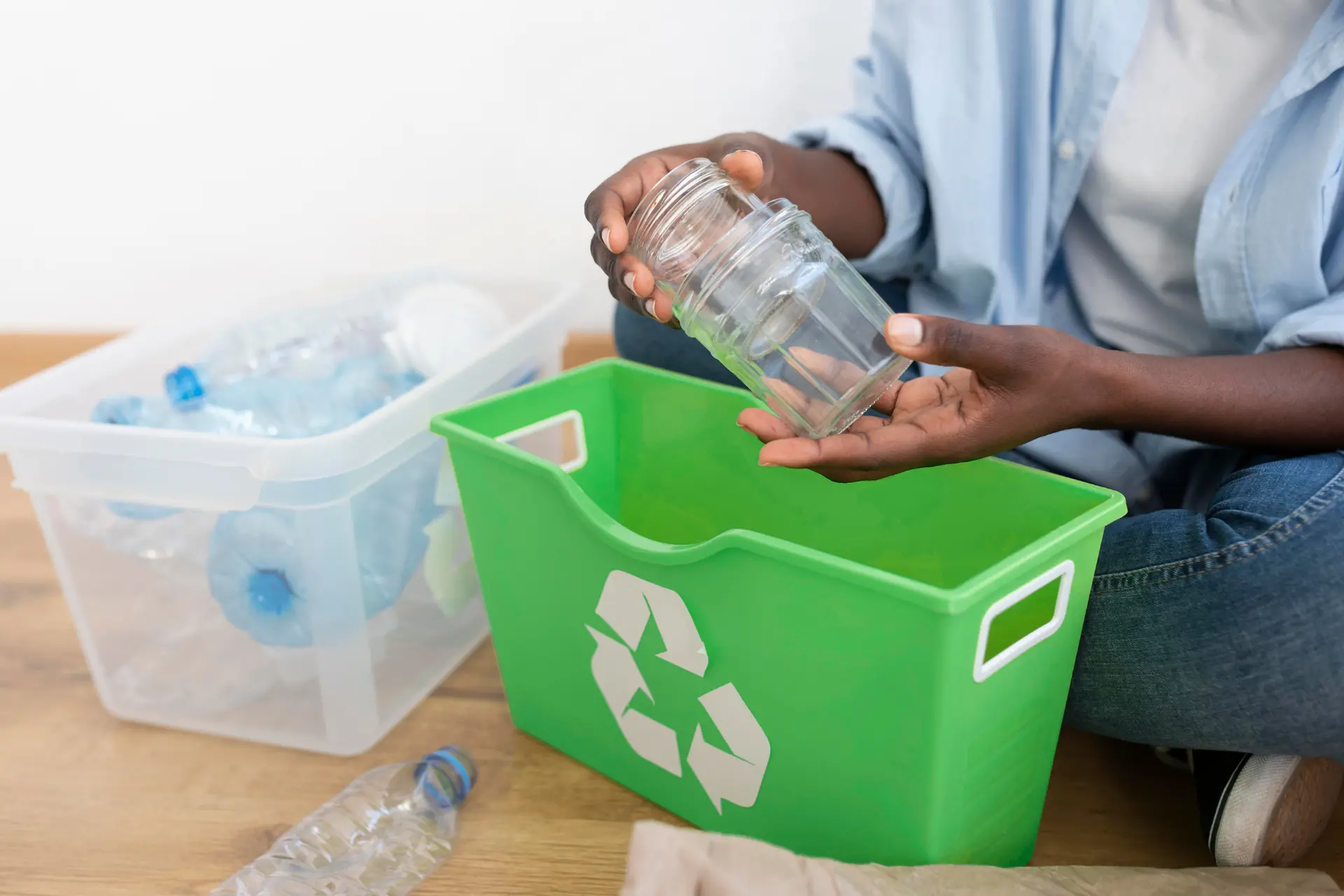Introduction
Food packaging is more than just a container for your products. In the European Union (EU), it plays a crucial role in ensuring consumer safety, maintaining food quality, and supporting sustainability efforts. Proper packaging helps prevent contamination, extends shelf life, and conveys essential information to consumers. This article aims to serve as a complete guide to EU food packaging regulations. It is intended for business owners, packaging designers, manufacturers, exporters, and supply chain managers who need a clear and practical understanding of the rules. By the end, you will know what steps to take to remain compliant and how to turn regulations into business advantages.
The Regulatory Framework Behind EU Food Packaging
The EU’s legal structure around food packaging is both thorough and multifaceted. The European Commission sets the policy direction, while the European Food Safety Authority (EFSA) provides scientific advice on the safety of food contact materials. National authorities are then responsible for implementing and enforcing these regulations within their territories.
Several cornerstone regulations govern packaging safety:
- Framework Regulation (EC) No. 1935/2004 ensures that any material intended to come into contact with food must not endanger human health or change the food’s composition, taste, or smell.
- Regulation (EU) No. 10/2011 covers plastic materials. It specifies which substances are allowed, their limits, and how compliance must be proven.
- REACH Regulation (EC) No. 1907/2006 controls the use of chemical substances in packaging materials. It demands transparency from manufacturers and suppliers.
- Food Contact Materials (FCM) Legislation extends to non-plastic materials like paper, cardboard, glass, and metals.
Some packaging materials, especially newer or composite types, are not yet fully harmonised under EU law. As a result, businesses must also consider national regulations in each EU country they operate in or sell to.
Scope of EU Food Packaging Regulations
EU regulations apply to all food contact materials, whether direct or indirect. This includes packaging made from:
- Plastic: Used widely for its flexibility and barrier properties.
- Paper and board: Common for outer wrapping and ready-to-eat products.
- Glass and metals: Often used for beverages and canned goods.
- Composite or multi-layer materials: Increasingly popular but more complex to regulate.
These rules cover every stage of the packaging lifecycle—from raw material sourcing to production, distribution, and end-of-life recycling. Even packaging that only indirectly contacts food (such as outer containers) can fall under regulation if migration of substances is possible.
Eco-friendly innovations like biodegradable plastics and recycled content are also regulated. Although encouraged, these materials must still meet strict safety and migration requirements to be approved for food use.
Compliance Essentials for Manufacturers
Compliance with EU packaging law means more than just using safe materials. You must actively prove and document that your packaging is safe under intended conditions.
- Migration testing evaluates whether any substances from the packaging migrate into the food beyond allowed limits. There are two main types: overall migration and specific migration (targeting substances like BPA).
- Declarations of Compliance (DoC) are official documents that state your materials conform with EU legislation. These must be made available to authorities upon request and are often required by customers.
- Good Manufacturing Practice (GMP), set out in Regulation (EC) No. 2023/2006, ensures your production processes are controlled, traceable, and regularly reviewed. It prevents cross-contamination and quality fluctuations.
- Traceability and labelling requirements help identify packaging material batches and their origin. This allows for fast recall and accountability in case of safety concerns.
Failure to meet these requirements can lead to product recalls, legal penalties, and loss of trust from consumers and business partners.
Packaging Design and Sustainability Regulations
Sustainability is now a legal priority in EU packaging policy. The Packaging and Packaging Waste Directive (PPWD) aims to reduce packaging waste and promote recyclable or reusable designs. Businesses must also align with the Circular Economy Action Plan, which focuses on waste prevention and efficient material use.
Some key measures include:
- Eco-design rules encouraging the use of fewer materials, mono-material construction (for easier recycling), and smart labelling.
- Extended Producer Responsibility (EPR), which places the financial and operational burden of packaging waste recovery on the producer.
- Mandatory targets for recycled content in plastic packaging and the introduction of reusability benchmarks.
These rules not only reduce environmental impact but also influence consumer purchasing behaviour, increasingly tied to sustainability values.
Recent and Upcoming Regulatory Changes
Regulations are evolving to meet modern challenges and technologies. The upcoming Packaging and Packaging Waste Regulation (PPWR) seeks to harmonise the fragmented laws across the EU.
Highlights of the proposed changes include:
- Tighter restrictions on single-use plastics.
- Mandatory digital product passports and improved traceability.
- Enhanced recyclability standards, with clearer labelling.
- Shorter transition timelines, meaning businesses must adapt quickly.
While challenging, these reforms also create opportunities for businesses that embrace innovation, design for recycling, and build smarter supply chains.
Compliance Challenges and How to Overcome Them
Common obstacles include:
- Complexity of rules, especially for multi-material packaging.
- Lack of internal expertise in regulatory compliance.
- Inconsistent documentation from suppliers.
To overcome these, businesses should:
- Develop structured compliance processes, including regular internal audits.
- Maintain open communication with trusted suppliers.
- Use digital compliance tools to manage certification, documentation, and change tracking in real time.
Outsourcing some of these functions or working with expert consultants can significantly reduce risk and ensure regulatory alignment.
EU Food Packaging Regulations and Global Trade
For non-EU businesses looking to sell food products in the EU, compliance with EU packaging laws is non-negotiable. Even if a product meets domestic standards, it must align with EU rules to gain market entry.
The principle of mutual recognition sometimes allows packaging approved in one member state to be accepted in another, but this depends on the material and local implementation.
For UK businesses post-Brexit, the EU is now treated as a third-country market. This means:
- UK businesses must provide full documentation and compliance testing.
- CE marking is no longer sufficient; EU-specific standards must be met.
- Regulatory updates in the EU must be independently monitored and adopted.
Best Practices for Staying Compliant
- Keep detailed records of material sourcing, production processes, and compliance checks.
- Conduct internal audits regularly to ensure your systems are up to date.
- Educate your team about changing regulations with workshops and training.
- Use digital platforms to centralise compliance data and track documentation.
- Consult with legal experts or packaging specialists to navigate complex issues.
Proactive compliance isn’t just a legal requirement—it’s a business advantage that protects your brand and improves operational efficiency.
How 4Pack Can Help You Maintain Compliance With EU Food Packaging Regulations
At 4Pack, we understand that no two businesses are the same. That’s why we don’t offer off-the-shelf solutions. Each proposal we deliver is tailored to your unique needs, ensuring a strategic fit that helps your business grow.
Our integrated software solutions simplify the complex world of product and packaging compliance. We help you streamline communication, manage packaging specs, automate document control, and ensure regulatory compliance across multiple markets.
Whether you’re managing artwork, product content, or digital labels, 4Pack provides end-to-end solutions that support collaboration and accelerate time-to-market. Our platform is built to align with the strictest standards in food safety and EU packaging law.
With more than 30 years of industry experience, we bring together graphic design, pre-press excellence, and innovative technologies. We don’t just deliver software—we provide a dedicated team to guide you through implementation, change management, and user training.
From declarations of compliance to artwork versioning, 4Pack is your trusted partner in navigating EU food packaging regulations. Let us help you stay compliant, efficient, and competitive.
Resources and Further Reading
- EU Food Contact Materials Overview
- EUR-Lex Access to EU Law
- European Organisation for Packaging and the Environment (EUROPEN)
- FoodDrinkEurope
Summary
Understanding and complying with EU food packaging regulations is no small task, but it is essential for any food business looking to succeed in European markets. From legal safety standards to sustainability goals, every aspect of packaging is under scrutiny.
By staying informed, adopting best practices, and leveraging expert tools like those offered by 4Pack, businesses can transform regulatory challenges into competitive strengths. Don’t just meet the standards—exceed them.



